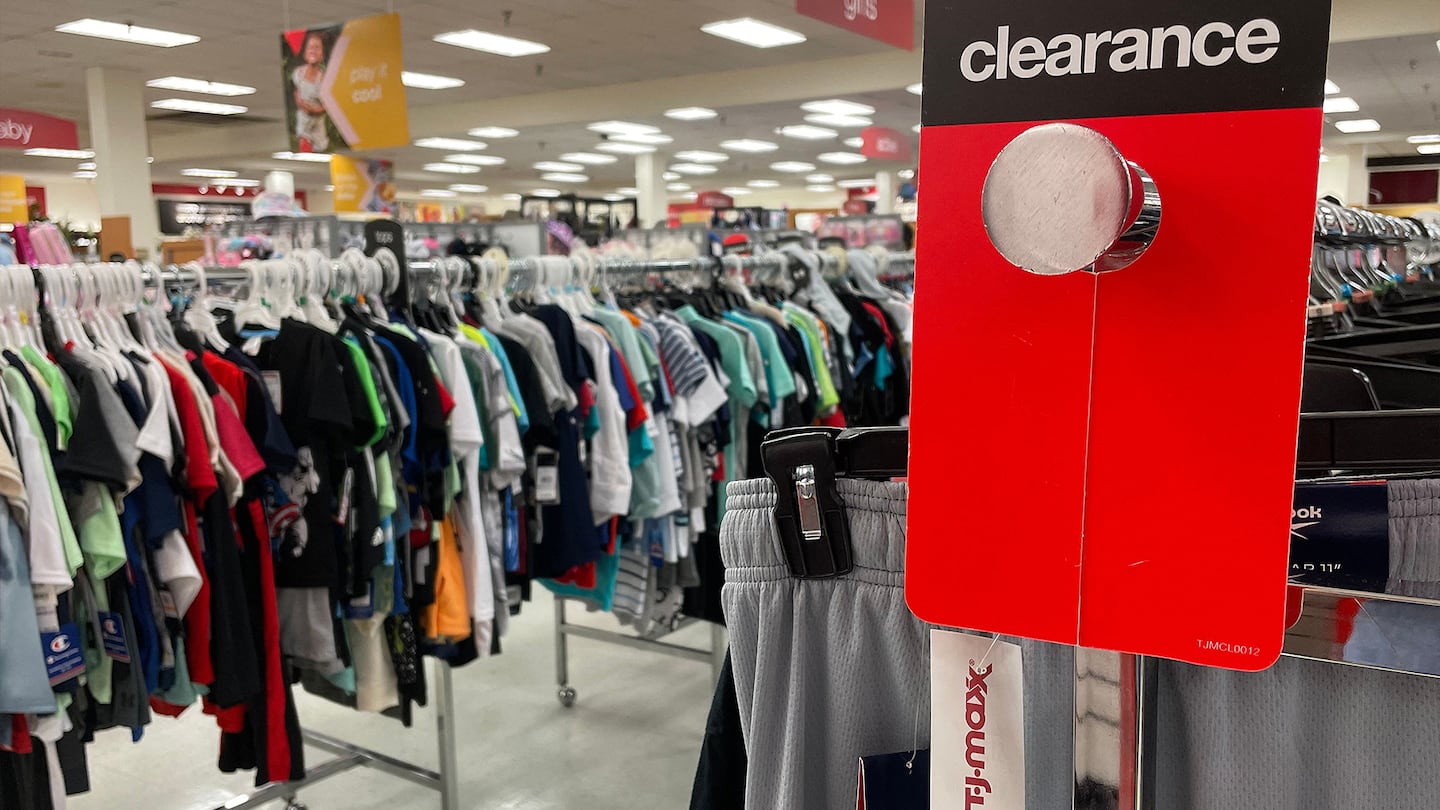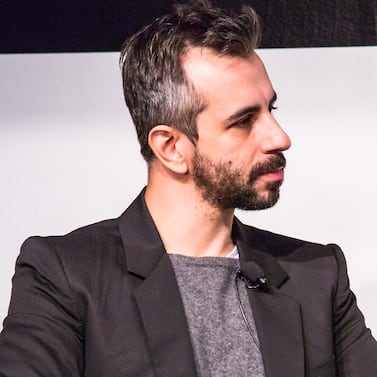
The Business of Fashion
Agenda-setting intelligence, analysis and advice for the global fashion community.

Agenda-setting intelligence, analysis and advice for the global fashion community.

Fashion’s inventory glut is proving stubbornly persistent.
The bloated stock levels from retailers overcompensating after getting caught with bare shelves during the pandemic aren’t easing as fast as many would like. It’s weighing down companies such as Nike and Under Armour. The latest data from the US Census Bureau shows inventories at clothing and clothing accessories stores sat at $61.4 billion in June, up from last year’s $61 billion and far above the $53.8 billion reported in June 2019.
The situation has companies searching for the best ways to liquidate their unwanted merchandise — and do it quietly. That’s a constant challenge, and has given rise to a thriving ecosystem of off-price retailers. TJX, which owns T.J. Maxx and Marshalls, has a market capitalisation of more than $100 billion, more than Kering and closing in on Zara owner Inditex.
The founders of Los Angeles-based start-up Ghost think there’s room for new options. The invitation-only online marketplace connects sellers and buyers of surplus inventory. (The name is a nod to the typically invisible nature of these deals.) This week, it announced $30 million in new funding, led by venture-capital firm Cathay Innovation.
ADVERTISEMENT
Ghost is trying to shake up a space dominated by some of retail’s largest and most resilient players. It won’t be easy.
Retailers such as T.J. Maxx and Ross are booming because their model works: They are experts in quietly snapping up unsold goods and distributing them to thousands of stores (the biggest off-price chains have minimal e-commerce). Brands may not love the sight of their products deeply marked down on messy racks, but most have accepted it’s the best way to recoup some revenue without damaging their brands.
“Liquidating through a large store fleet without a searchable internet option allows for companies to move things invisibly, and clearing product invisibly might be more important than clearing it efficiently,” said Simeon Siegel, senior analyst at BMO Capital Markets. “Most brands could probably earn more money per unit if they spent a lot of effort selling the goods.”
Ghost, which came out of stealth mode with a $20 million funding round last July after launching in 2021, is betting efficiency and transparency matter, even in the hidden world of off-price. They also respect some of the market’s desire for secrecy: Since it operates as a B2B where users have to apply to become members, listings aren’t publicly visible for the world to see.
Retailers can list excess inventory in lots that buyers bid on. They’re able to decide who can make offers on their goods by setting restrictions based on attributes such as the region the buyer is in, for instance, or whether they sell online versus through brick-and-mortar locations.
The buyers can range from off-price stores to individuals, like power sellers on resale sites such as StockX and livestreamers in China. Ghost also tries to match sellers with the right buyers using artificial intelligence.
The user experience is more like Airbnb than eBay, according to Josh Kaplan, Ghost’s co-founder and co-chief executive. Buyers see a curated dashboard so they aren’t left to browse hundreds of listings. The company also offers services to coordinate financing, insurance, freight and more.
If Ghost has one factor in its favour, it’s that it’s trying to address a perennial and difficult problem for retailers to navigate, even with existing off-price channels.
ADVERTISEMENT
“There will always be a need to more efficiently manage excess inventory and to get product out of the hands of a brand or retailer and into the hands of a consumer,” Siegel said.
Ghost wouldn’t disclose who’s using the marketplace but said a number of well-known names are active on it. About half its business is in fashion and footwear, though it works with beauty and home goods as well. Listings can range from commodity T-shirts to luxury handbags, according to Dee Murthy, Ghost’s other co-founder and co-CEO. The company said the amount of uploaded inventory has increased 500 percent in the past year, passing $1 billion in total listed value.
The off-price giants don’t seem worried about their model being disrupted. John Klinger, TJ Maxx’s chief financial officer, highlighted the “outstanding buying environment” on the company’s recent earnings call.
Kaplan said Ghost can help the rest of the market get a piece of that action.
“The reason why we’re a marketplace is because creating more competition increases the recovery rates for the sellers,” Kaplan said. “Small retailers or wholesalers, liquidators, distributors — people who don’t typically get access, versus the buyer at Nordstrom Rack that has 500 emails in their inbox every day — they’re getting access to these goods for the first time.”
While the rest of fashion contends with uneven demand, off-price chains like T.J.Maxx and Ross Stores have proved to be a bright spot.
Downturns typically mean a boom for discount retailers. But a glut of unsold merchandise and a surging resale sector are creating new pressures in the market.
From stalwarts like T.J. Maxx and Nordstrom Rack to venture-backed newcomers and online luxury resellers, a multitude of discount retailers are all vying for a piece of the growing off-price market, which will thrive amid the lingering global recession.

Marc Bain is Technology Correspondent at The Business of Fashion. He is based in New York and drives BoF’s coverage of technology and innovation, from start-ups to Big Tech.
The nature of livestream transactions makes it hard to identify and weed out counterfeits and fakes despite growth of new technologies aimed at detecting infringement.
The extraordinary expectations placed on the technology have set it up for the inevitable comedown. But that’s when the real work of seeing whether it can be truly transformative begins.
Successful social media acquisitions require keeping both talent and technology in place. Neither is likely to happen in a deal for the Chinese app, writes Dave Lee.
TikTok’s first time sponsoring the glitzy event comes just as the US effectively deemed the company a national security threat under its current ownership, raising complications for Condé Nast and the gala’s other organisers.